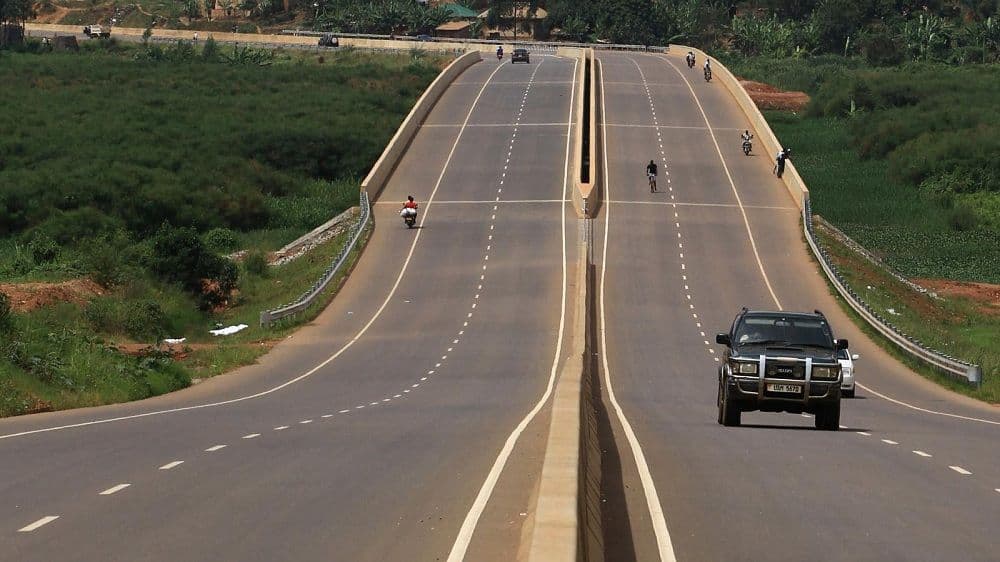We're loading the full news article for you. This includes the article content, images, author information, and related articles.
while national transport corridors reshape Kenya’s connectivity landscape, rural realities remain deeply uneven. Without strategic investment in local access, the road network’s promise risks remaining out of reach for millions in Kenya’s hinterlands.

Kenya has launched numerous high-profile projects—Nairobi’s superhighways, modern expressways, and pan‑African corridors under LAPSSET and Vision 2030. Hundreds of kilometres of key national roads have been upgraded to bitumen, with over KSh 1 trillion invested between 2009 and 2018
Despite these gains, only about 11.5% of Kenya’s total ~161,451 km road network is paved—leaving the majority composed of unpaved rural roads . Nairobi and regions around Lake Victoria see relatively higher paving rates, but dirt tracks dominate in less accessible zones.
The Rural Access Index (RAI)—which measures the share of rural residents living within 2 km of an all‑season road—stands at 70% nationally as of 2018, up from 56% in 2009 . However, this masks county-level extremes:
High access (≥95%): Kirinyaga (98%), Murang’a, Nyeri, and Nairobi
Low access (≤11%): Wajir (2%), Mandera (4%), Marsabit (5%), Samburu, Tana River
Roughly 13.4 million rural Kenyans still live beyond the 2 km threshold from reliable roads .
Unpaved rural tracks, essential for market access and public services, are often unreliable: impassable during rains, dusty in dry seasons (). In many counties, districts were disconnected during floods or droughts—eroding the value of main highway investments for local residents.
Positive effects: Paved national roads ease transport costs, boost trade corridors, attract investment, and reduce vehicle wear and tear .
Uneven local benefits: Anthropological research shows that improved roads often benefit wealthier farmers or groups with resources to capitalize on them—leaving marginalized communities behind .
On Reddit, a Nyandarua farmer lamented:
“Cabbages rot at farms … roads become impassable when it rains. The problem … is the cost of getting that food to markets” .
Kenya’s massive road-building has transformed national connectivity, but the rural access picture tells a more complex story:
Only 11.5% of roads are paved, with the majority of rural communities reliant on unreliable dirt tracks.
RAI of 70% nationally hides wide disparities—from near universal access in central counties to just 2–5% in NEASAL regions.
Economic uplift from highways often bypasses the rural poor; local tracks remain under-resourced.
Maintenance shortfalls and climate-driven damage threaten both infrastructure and livelihoods.
Scale rural access upgrades: Extend all-season roads to underserved counties to close the 30% RAI gap.
Enhance resilience financing: Allocate durable funding for road upkeep, using resilient materials to withstand floods.
Ensure inclusive planning: Engage rural communities in road design and address affordability of transport services.
Monitor local impact: Track subnational RAI improvements and evaluate who benefits—including the poorest farmers.
🌍 In short, while national transport corridors reshape Kenya’s connectivity landscape, rural realities remain deeply uneven. Without strategic investment in local access, the road network’s promise risks remaining out of reach for millions in Kenya’s hinterlands.
Keep the conversation in one place—threads here stay linked to the story and in the forums.
Other hot threads
E-sports and Gaming Community in Kenya
Active 7 months ago
Popular Recreational Activities Across Counties
Active 7 months ago
The Role of Technology in Modern Agriculture (AgriTech)
Active 7 months ago
Investing in Youth Sports Development Programs
Active 7 months ago